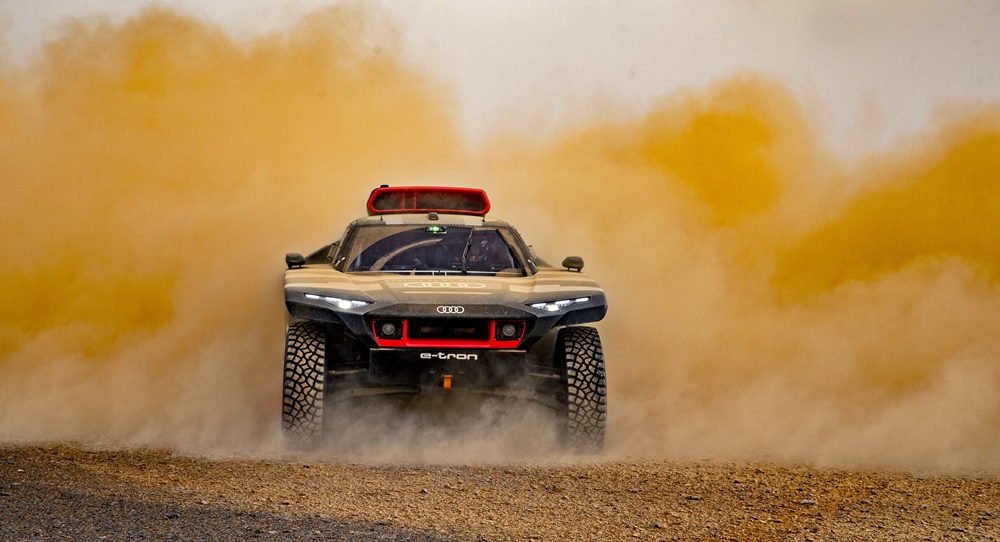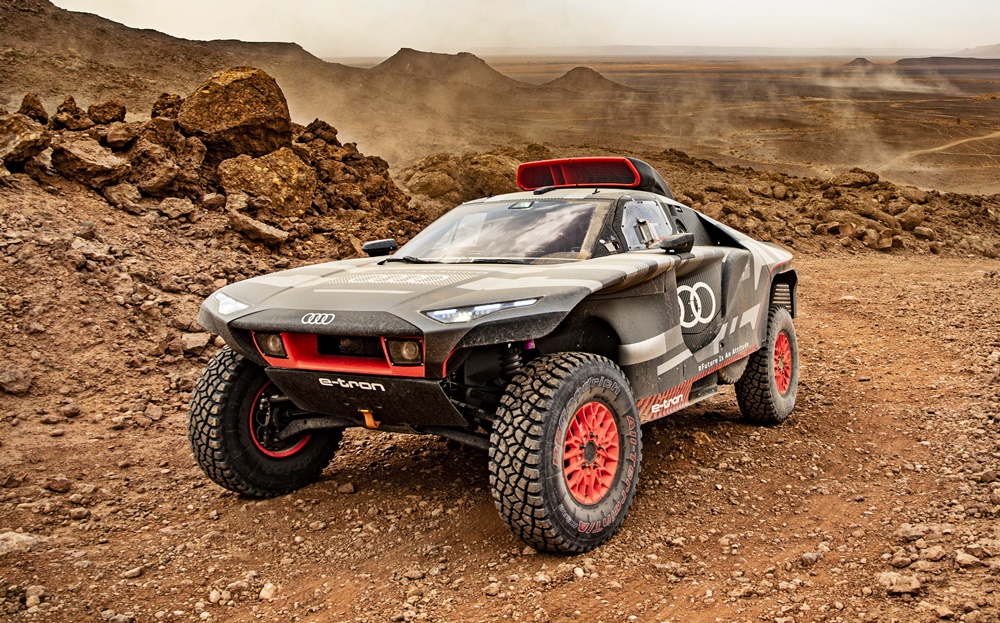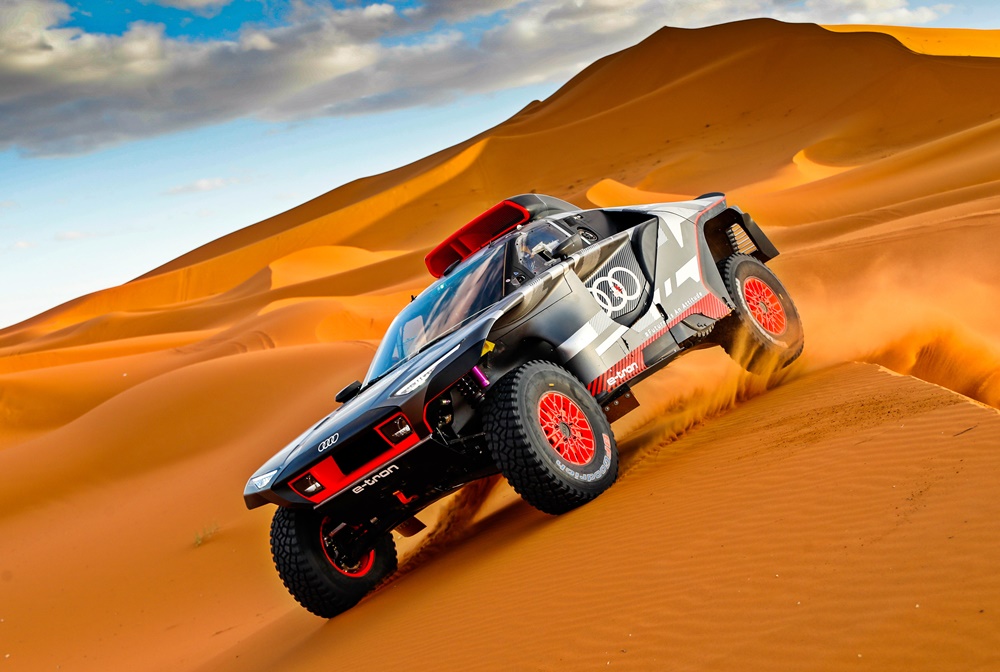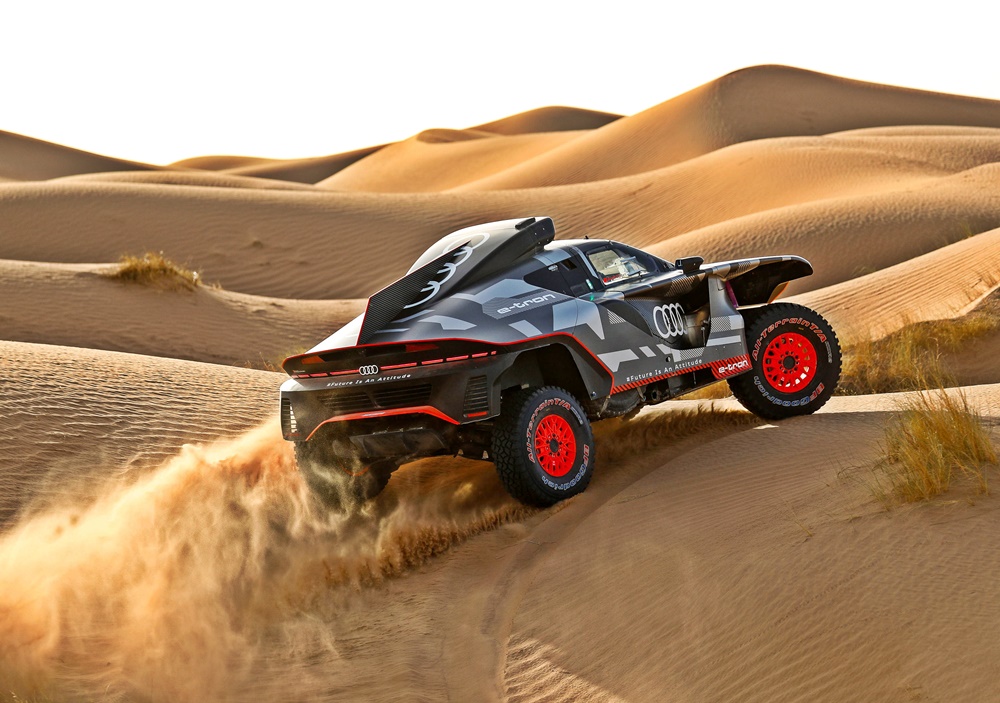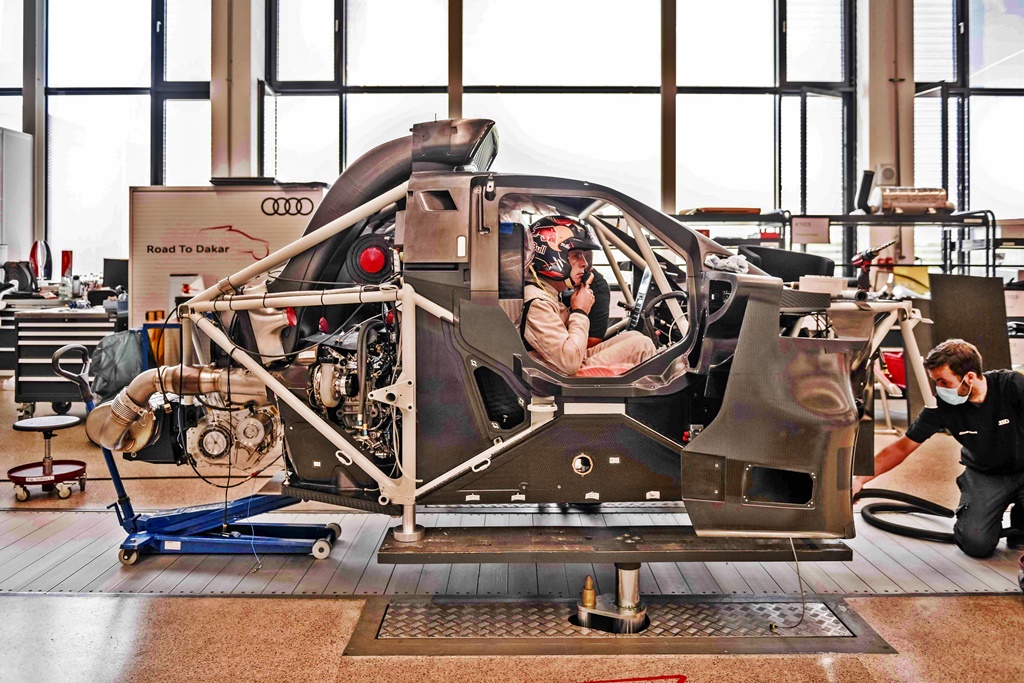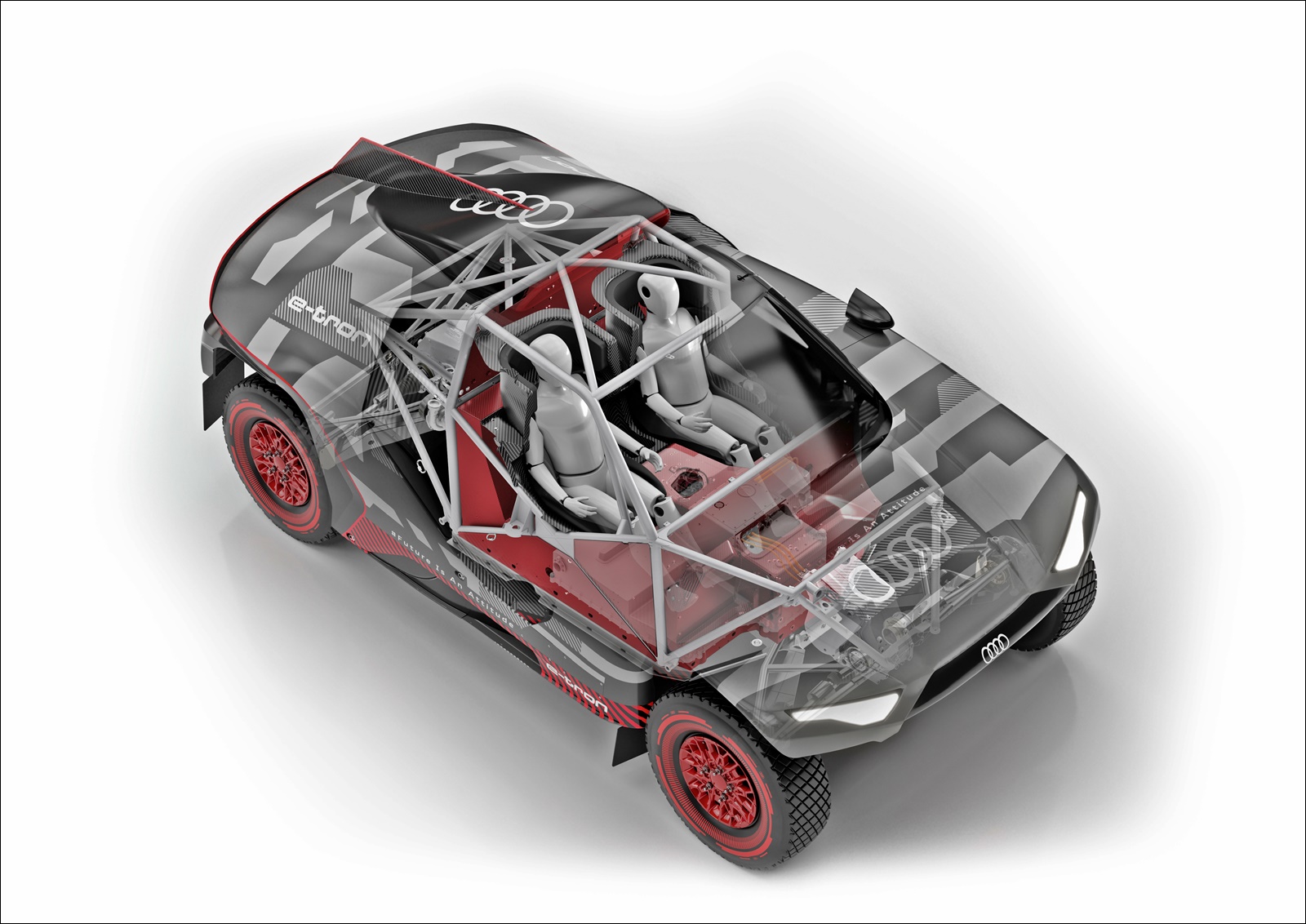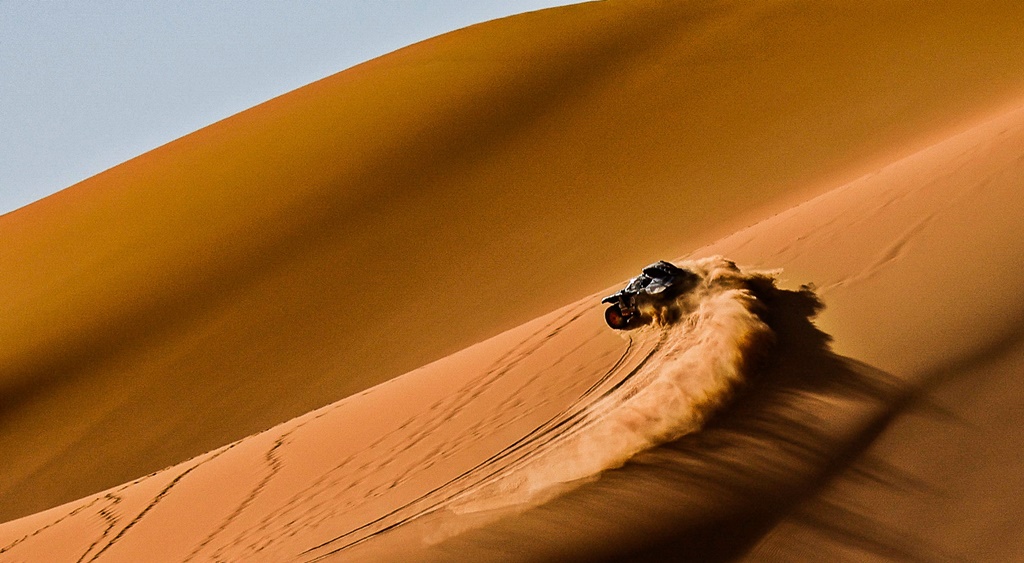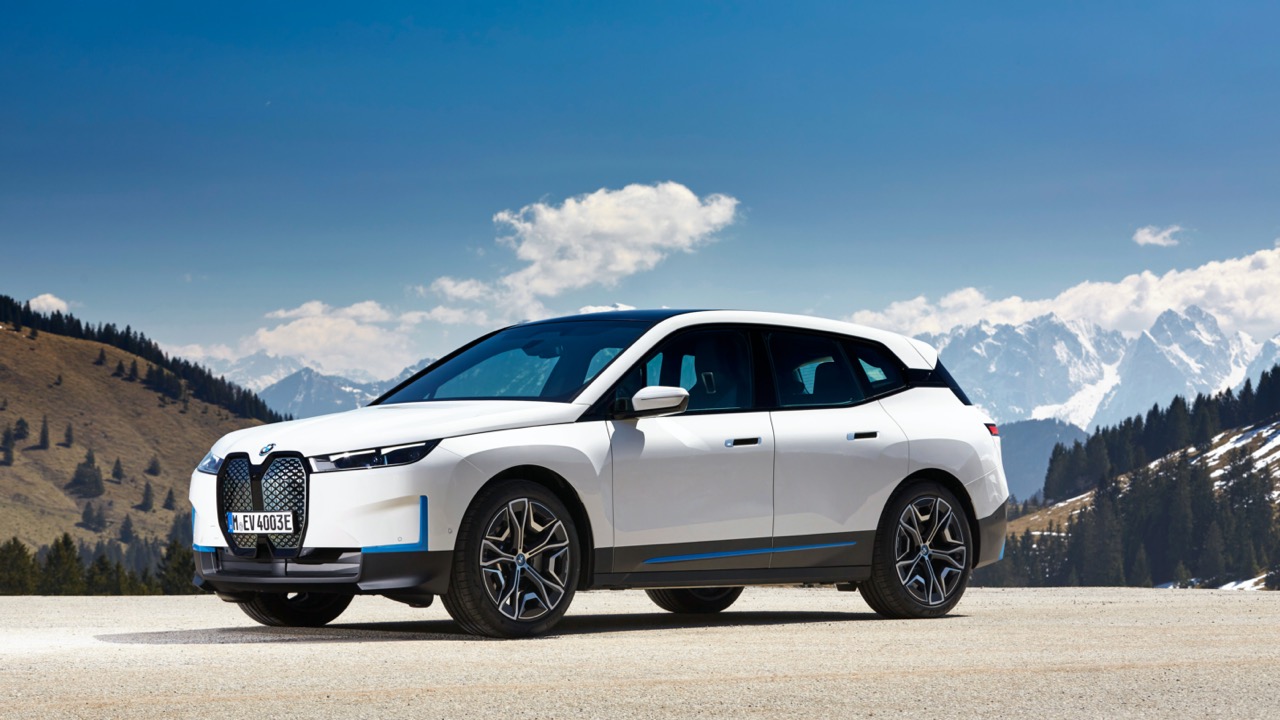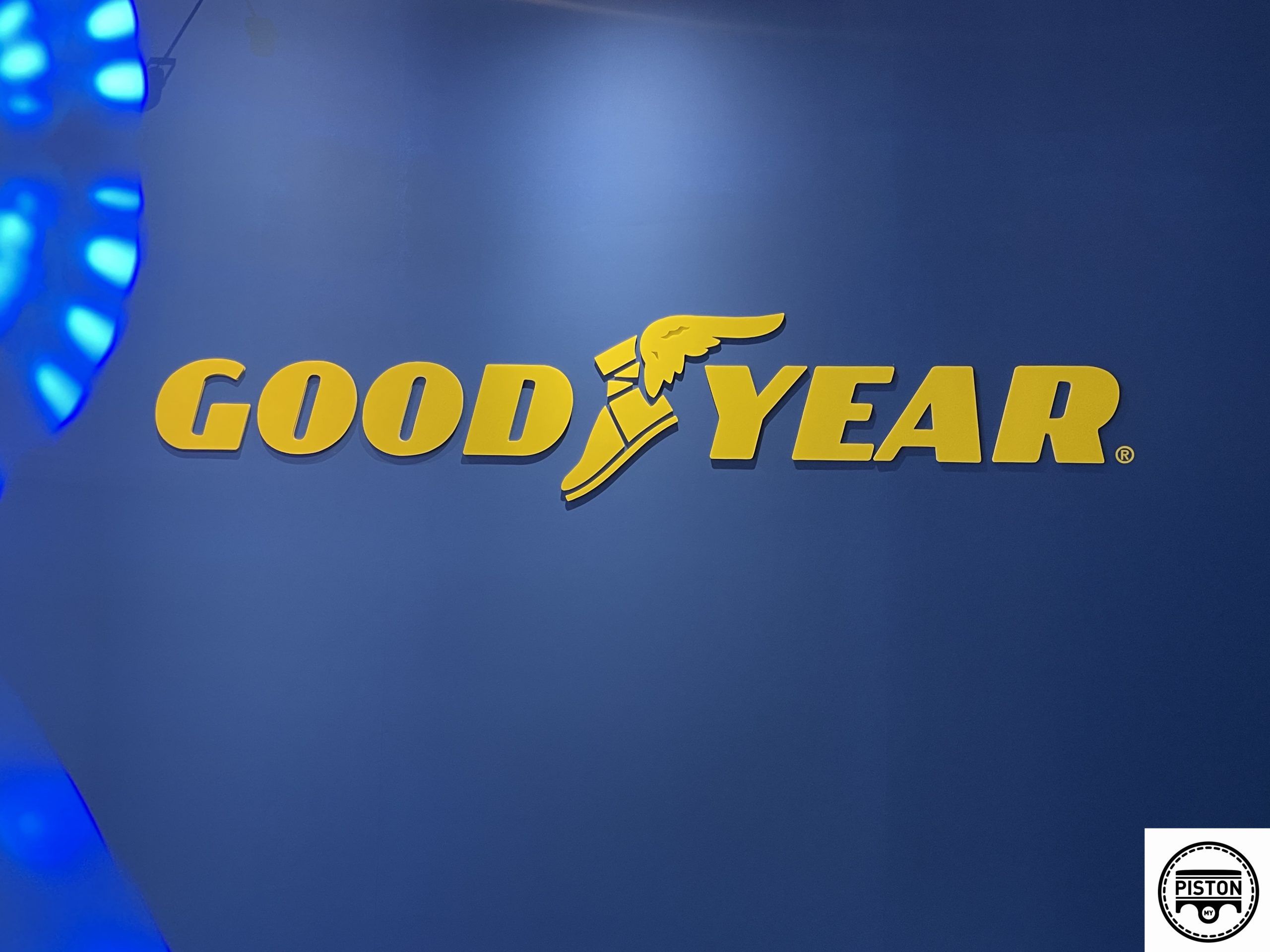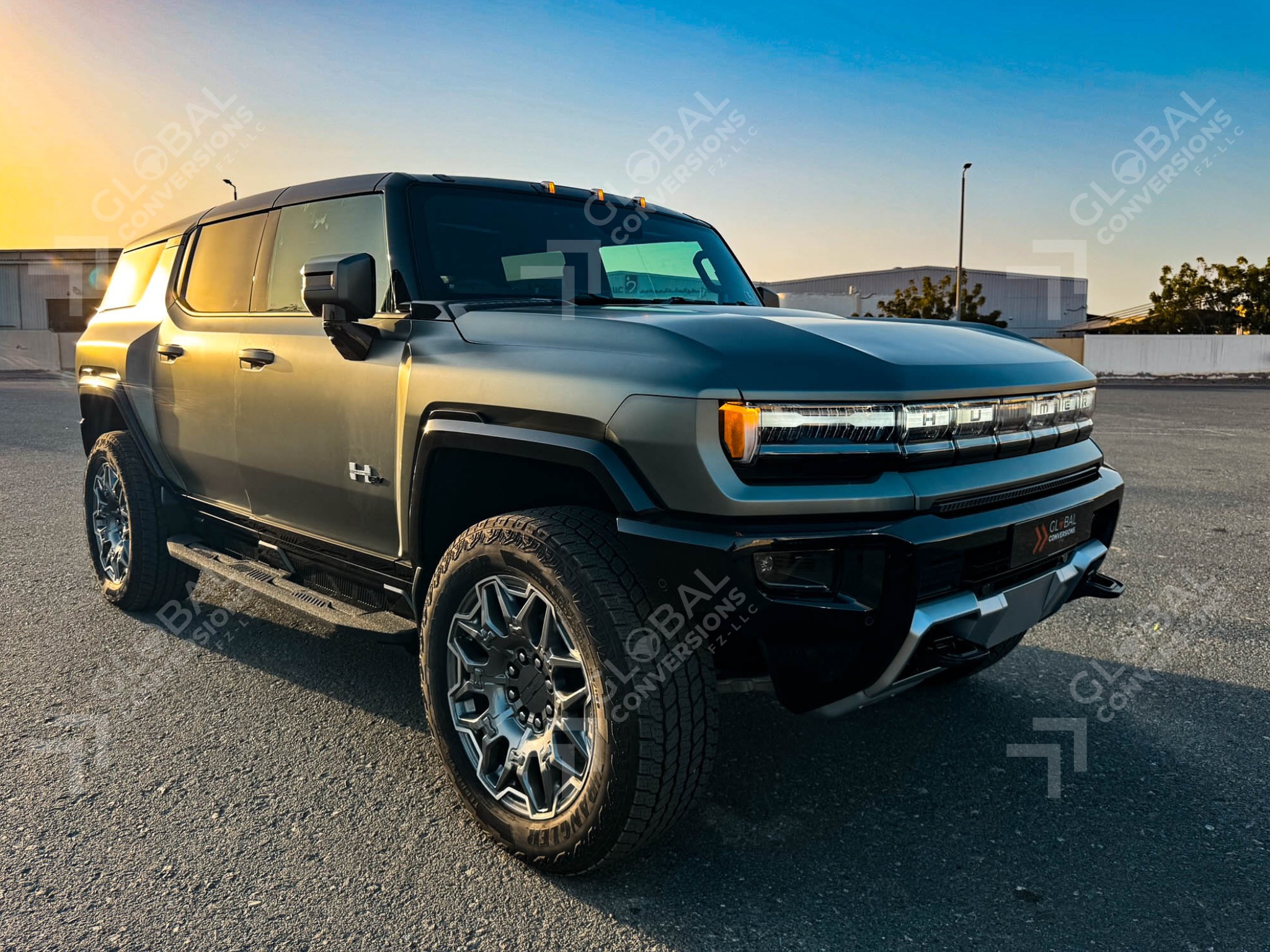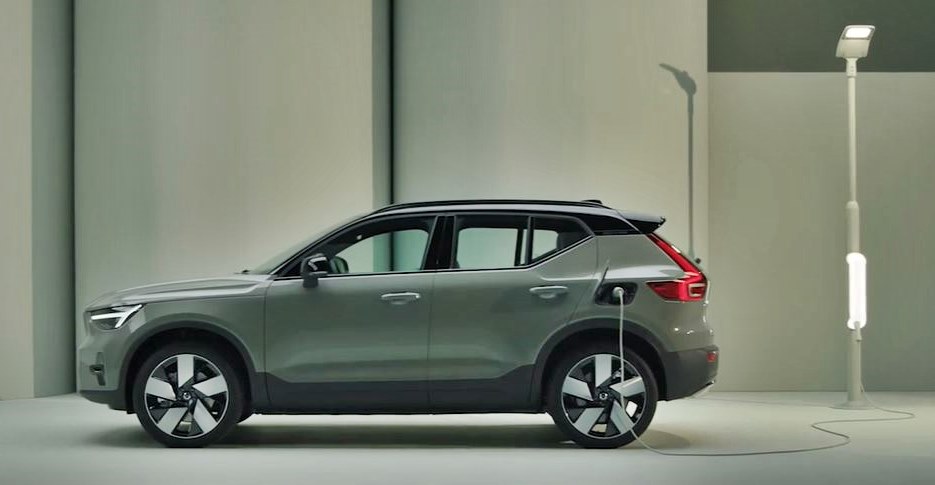Although Audi can lay claim to having been dominant in the World Rally Championship (WRC) with its Group B Quattro rallycar, the German carmaker has never taken up the challenge of the Dakar Rally. But for the 2022 edition of the world’s toughest off-road event, Audi will be there and it will be the first car manufacturer to use an electrified drivetrain to compete for overall victory against conventionally-powered competitors.
The car that the Audi Sport team will use will be the RS Q e-tron and it’s been undergoing an intensive test program since the first prototype fired up in July this year. After overcoming the challenges posed by the pandemic, the engineers now face the special challenges that the characteristics of the Dakar Rally present. The annual marathon event lasts 2 weeks and the daily stages are up to 800 kms in length. “That’s a very long distance,” said Andreas Roos who is responsible for the Dakar project at Audi Sport. “What we are trying to do has never been done before. This is the ultimate challenge for an electric drivetrain.”
Because there are no charging opportunities in the desert, Audi has chosen an innovative charging concept. On board of the car is the highly efficient TFSI engine from the DTM. It is part of an energy-converter that charges the high-voltage battery while driving. Since the combustion engine is operated in the particularly efficient range of between 4,500 and 6,000 rpm, the specific consumption is well below 200 grams per kWh.
A third motor-generator unit (MGU) is part of the energy converter and serves to recharge the high-voltage battery while driving. In addition, energy is recuperated during braking. The battery weighs about 370 kgs and has a capacity of around 50 kWh. The maximum system power of the e-drivetrain is 500 kW. The electric drivetrain offers many advantages. The electric motors can be controlled extremely precisely and can thus ensure good drivability. In addition, braking energy can be recovered.
The most recent testing was done in Morocco as crews Mattias Ekstrom/Emil Bergkvist, Stephane Peterhansel/Edouard Boulanger and Carlos Sainz/Lucas Cruz took turns in the cockpit of the RS Q e-tron which can now handle daily off-road distances in testing equalling the length of a Dakar stage.
The entire team is focusing its energy on continuing the development under the toughest conditions,” said Arnau Niubo, Head of Test Engineering. “It was impressive how important findings flowed back to the factory from Morocco at a daily pace. As a result, our 3 rallycars currently under construction for the Dakar Rally will have the latest technical status. At the same time, logistical preparations are in full swing.”
The three crews subjected the prototype to a total of more than 2,500 kms over the toughest terrain. The various system tests included the engineers imposing artificially high temperatures on the RS Q e-tron. Peterhansel drove the rallycar through a dry riverbed with the cooling air intakes deliberately taped off to simulate high outside temperatures – and the electric drive didn’t fail or falter.
However, the testing was not without difficult moments. Tyre damage on the rocky tracks caused Ekstrom and his partner repeated interruptions. A suspension wishbone bent by a rock, a leaking driveshaft sleeve and other components required replacement, and the bodywork needed minor repairs. But the prototype was spared nothing during its testing.
Long before Audi unveiled the RS Q e-tron to the public in mid-2021, the racing engineering team was already intensively involved in the Dakar Rally. The risks in off-road racing were at the centre of the considerations for a sophisticated safety concept. From the electrical safety of the high-voltage system to optimum passenger protection in the event of accidents, the design department had many challenges to overcome.
The protective and load-bearing basic structure of the RS Q e-tron consists of a tube frame. The regulations stipulate that this structure be made of metallic materials. Audi has opted for a heat-resistant, alloyed quenched and tempered steel from the aerospace industry that contains the alloying elements chromium, molybdenum and vanadium. The tube frame complies with the geometry defined in the regulations and fulfils the required static pressure tests.
Additional protection for the crew is provided by panels made of composite materials in the spaces between the frame. These components made of carbon fibre-reinforced plastic (CFRP) – in some cases supplemented by the tear-resistant Zylon – prevent the penetration of sharp and pointed objects from outside.
Likewise, they protect the drivers and co-drivers from any problems with the high-voltage system. The high-voltage system of the electric drive with its energy converter itself also requires multiple protection. The encapsulation of the centrally located and thus particularly safe high-voltage battery comprises CFRP structures, some of which are reinforced by Zylon.
The protection at the bottom is very complex. In off-road sports, the underbody is the assembly subjected to extreme stresses, including metre-high jumps, whirled-up stones and large ramp angles. Its lowest layer consists of an aluminium plate that resists abrasion by hard objects and partially absorbs impact energy. The energy-absorbing foam above absorbs the impacts and distributes them to the sandwich structure above. This third structure protects the high-voltage battery and the gasoline tank of the energy converter. In the event of excessive damage, the assembly can be easily replaced during the evening service in the rally bivouac.
Optimum insulation of the system against water during river crossings and an electrically insulating extinguishing agent in the on-board fire extinguishing system protect passengers in extreme physical situations. The entire team, including drivers and co-drivers, also underwent high-voltage training in advance, as did rescue teams from the organizer.
Other regulations and devices provided by the organizer round off the overall safety concept. For example, the occupants can make an emergency call via a safety tracking system including an SOS switch and be found quickly. An accident data recorder records the most important measured variables for later analysis. An onboard surveillance camera shows what is happening in the cockpit. The Sentinel system makes overtaking safer in the dust typical of the desert. And finally, the regulations limit the top speed in the T1 category to 170 km/h.
Audi to compete in Dakar Rally 2022, return to WEC, and leave Formula E after 2021


